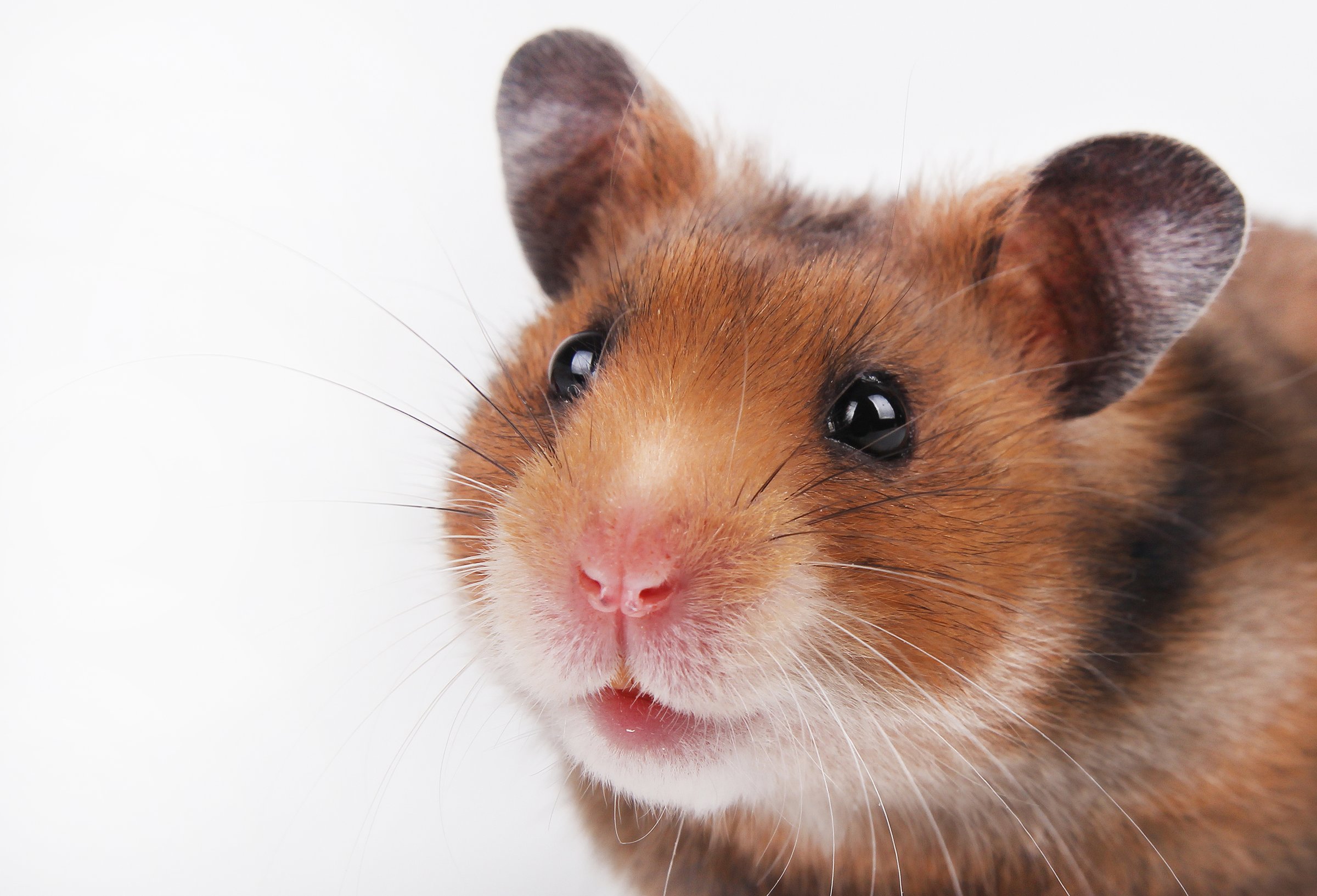
The French pride themselves on their superior cultural life, the je ne sais quoi that’s kept them synonymous with glamour, effortlessness and savoir-faire. That ineffable French-ness extends to all citizens, including, of course, Europe’s last wild hamster—alternately known as the European hamster or the Great Hamster of Alsace.
Alsace’s regional authorities have launched a program to save the little rodents from extinction, pledging 3 million euros to encourage farmers to grow alfalfa (which the hamsters apparently have a very strong preference for), and thereby encourage reproduction.
This isn’t the first time the government’s had to step in to save the species: In 2011, the European Court of Justice ruled that France hadn’t done enough to protect the Great Hamster, threatening to impose fines of up to $24.6 million if France didn’t adjust its agriculture and urbanization policies.
Naturally, the hamster’s cause is symbolic of a larger struggle. As The Guardian wrote in 2011, “the humble hamster has come to symbolise the battle against urban sprawl and monocropped maize, which now occupies more than 80% of the Alsace plain.” All this for a 10-inch ball of fur that hibernates 6 months out of the year and spends the majority of its life alone. But they’re so cute!
More Must-Reads from TIME
- How Donald Trump Won
- The Best Inventions of 2024
- Why Sleep Is the Key to Living Longer
- Robert Zemeckis Just Wants to Move You
- How to Break 8 Toxic Communication Habits
- Nicola Coughlan Bet on Herself—And Won
- Why Vinegar Is So Good for You
- Meet TIME's Newest Class of Next Generation Leaders
Write to Bijan Stephen at bijan.stephen@gmail.com